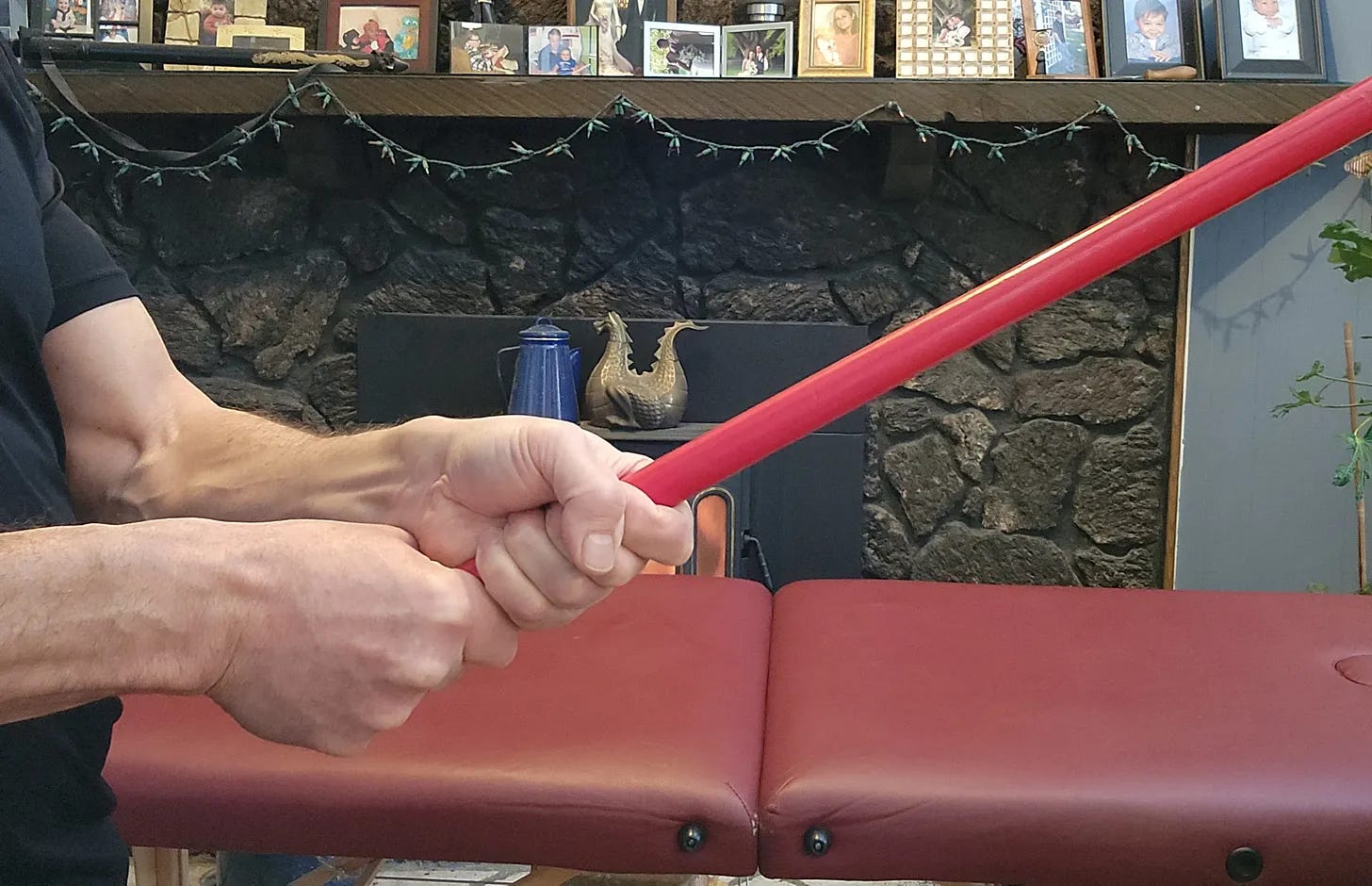Link between jiu jitsu leverage and injury leverage
This is not medical advice.
Jiu jitsu is a martial art where combatants try to out maneuver each other to gain a superior advantage position, and/or leverage against their opponent’s strength. This is why you have seen some smaller opponents defeat a larger opponent. The smaller, presumably weaker opponent, was able to move faster, or before, or anticipate movement.
They moved into a position where their entire body strength is against one joint of their opponent. In that arm bar position pictured above, that opponent is using their entire body strength against one bicep muscle.
Most people only see the end game of jiu jitsu, where someone is being submitted. At times it looks like arm wrestling, but this is not the objective. Good jiu jitsu happens with whole body movement. It’s a “race” to see who can get into the most adventageous position to use leverage, not just strength. Race may not be the best descriptor, because we don’t want to rush. Smooth and perfect technique is faster.
Arm wrestling someone takes tremendous energy and effort. Moving into a position of greater leverage allows us to use less force to submit the opponent.
Injury prevention
This concept carries over into injury prevention, by understanding leverage around our body joints. Most of our joints have poor leverage due to the position of the muscles. We take these motions for granted, but once we have pain or problems, the poor leverage becomes more apparent.
Why were we built this way? Aren’t some of us very strong?
Muscle attachments close to the joint have less leverage, however allow for more joint range of motion.
Picture the shoulder for instance. The deltoid muscles are the hands in the picture. They only attach at six to eight inches down the arm. This makes for poor leverage and stability, however, much more mobility. This allows us to reach completely overhead, or to hang from a branch.
If our deltoid attached half way down the arm as pictured, we would have tremendous leverage and strength, however would be limited in overhead motion. We would all look like puffy, immobile body builders, or birds flapping wings.
Our hip anatomy is similar, attaching close to the joint, instead of all the way down the leg. We do have an iliotibial band that runs down to the knee, however it is more of a stabilizer than a prime mover.
Ok, so what does all this mean? It means that since we have such a dis-advantagous position for our muscles to work, it means that strength is even more critical to our health.
Muscle strength is what holds our joints together. Stable joints have less pain.






